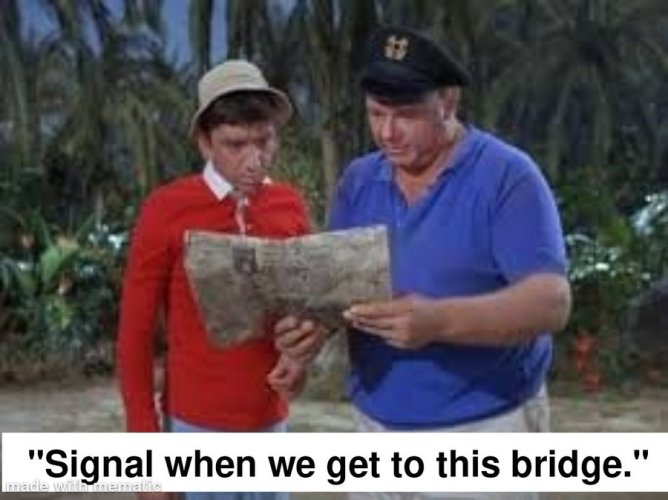Gellar
Well-known member
Im as far from an engineer as you can get, but, That’s exactly how I’d expect the bridge to fall. The ship took out the “keystone” and caused the whole thing to fail. The beams from both sides are joined together on that pillar and when their support was taken out they collapsed in.I'm not suggesting it was planned as some here are assuming. Just seems weird that the entire bridge would go down. I would have assumed a bridge that big in that busy of a port would have been designed with a potential collision in mind. Most things are built for worst case scenario. Especially fed and gov things like this. At least around here they are.






